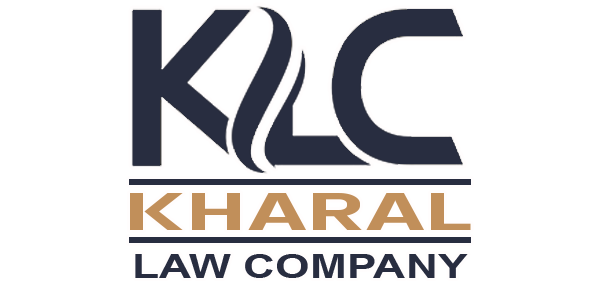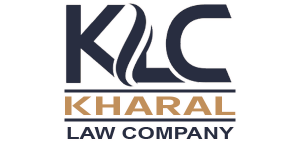To meet your company’s goals, you need to have a clear understanding of the assets within your organization and how they interact. Strategic asset management is a method that allows transparent, consistent and repeatable decision-making by analyzing the benefits, costs and potential risks of physical assets over their lifespan. Identify functional interdependencies to prioritize preventive maintenance, and cut down on the amount of downtime that is not planned and the cost of repairs. Maximize your value by determining the most effective combination of performance and cost across your entire infrastructure.
The strategic asset management process is a complete and elaborate set of documents processes, and digital tools that align physical infrastructure investments with overarching organizational strategic objectives. It starts with a thorough and top-down review of the long-term potential for physical infrastructure investment options. This involves balancing capital expenditures and operational expenses from a TOTEX standpoint and leveraging data on asset conditions and taking the current levels of service and local requirements into account.
With the right information this process can help in planning staffing and resource management for ongoing maintenance and operation of assets as well as upgrade or replacement plans. It can also be used to simplify work orders, which can help in decreasing downtime and improving the efficiency of your operation team.
The process can be used to https://thekey-partners.com/strategies-for-efficiently-managing-your-real-estate-projects/ develop a plan that maximizes asset utilization in order to achieve sustainability goals. This can be achieved through load balancing, asset sharing or redeployment strategies. It could also involve creating new or reviewing contracts with suppliers or contractors to improve environmental and energy performance.


